Robots Art Collective (Robots) is a full-time, professional artist group based in London. Here, Jen Patterson tells us what they are all about:
About us
Formed in the Summer of 2009, Robots consists of a core group of 3 artists with various specialist skill sets and a further peripheral team of up to 5 all with various individual abilities. Robots aim to shine a new light on public art. Heavily influenced by Nature, geometry, science, science fiction and comics Robots have captured the interest of the art world and media. Appearing in print in the New York Times among numerous other publications and countless online features.
Robots work predominantly with reclaimed wood, old furniture and pieces that have been discarded by others. The aesthetic of these sculptures is partly determined by the resources available and always display a very high level of craftsmanship and ingenuity. As well as being accessible to a wide audience (both in production and exhibition) these works help to provoke awareness of environmental issues such as recycling and the depletion of natural resources and offer a platform for education and collaborative experimentation.
How we got started?
We have all been friends for many years and come from different artistic backgrounds (namely graffiti, set design, furniture making, illustration, art direction). One of us was asked to do a music video for Bat for Lashes in the Summer of 2009 and with a limited budget and an ambitious brief. To solve these problems the set was made from materials found in the street. The idea for Robots was born! The team went through several different stages and our first big project was at Secret Garden Party 2010 when we first started to develop our own building techniques and how to make most of our range of abilities and skills. Since then we have been working regularly with projects all over the UK as well Belfast, New York, Ecuador, Iceland, Croatia and Barcelona.
Our methodology
Our overall concept as a collective is that we assume the roles of autonomous worker robots and each individual adheres to a set of predetermined building rules (we reference artificial intelligence and algorithmic processes as an analogy to help describe this methodology). After these rules for building are applied we can achieve one of two things:
An experimental abstract artwork that will demonstrate forms similar to those found both in nature and computer aided design/animation (that echoes nature). A representational work that can describe another object or lifeform.
We always go big with what we make and we can achieve this cost effectively through our methods and choice of materials. The site specific nature of our work is key, we don’t see what we produce as sculpture that exists on some kind of plinth but rather that it is an integral part of it’s environment.
Site Specific/ architectural intervention
Our goal is to alter perceptions and understandings of space; to create a new geometric architecture reconfiguring public environmental interactions. We want to bring our new architecture – our alternative understandings of space and form – to the design process of new public art, incorporating our ideas into buildings and structures in collaboration with the architects and stakeholders. Each sculpture is a symbiotic intervention into architectural space. It responds to the given: the planes, angles, light, audience and history of the space; where the structure is both an armature for the piece and at the same time part of it, changed and re-conceived by a radical architectural intrusion integral to our perception and understanding of the structure itself. Just as tree roots break through the temple stones of Angkor Wat – an inseparable voluptuous jungle reclamation – so too do our pieces redefine our sense of place bringing new ways to experience under-appreciated or overlooked spaces.
There is also an intervention with materials: ready made objects are reconfigured into new structures leaving evidence of this process. A chair gains a new structural function, interlinking sections of reclaimed pallet wood; the curved rotated ribs of a barrel arch outwards reconfigured into a rippling exposed endoskeleton.
Plans for the future
We are currently working on some plans for this coming year but nothing I can talk about just yet! But one project we are hoping to launch soon is a collaboration between art and science based around algorithms and computer generated code.
How people can get involved
We are interested in all forms of collaboration and available sites for building work. People can contact us through our website:
Website | Facebook | Twitter
//////
See more arts collectives we’ve featured on the site. Think we should feature your collective? Get in touch.


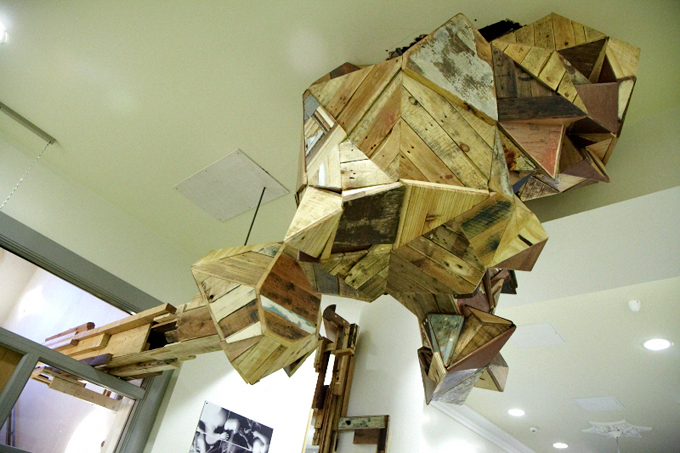
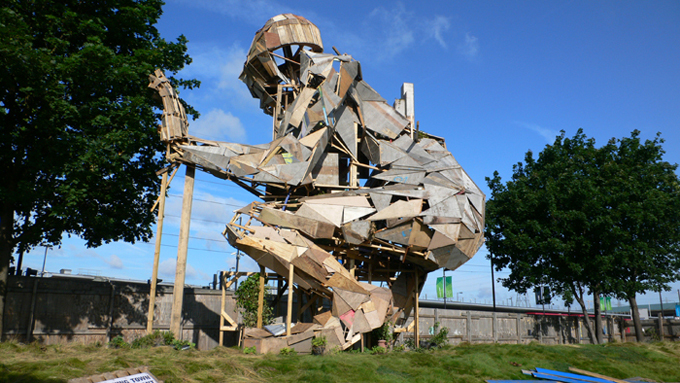
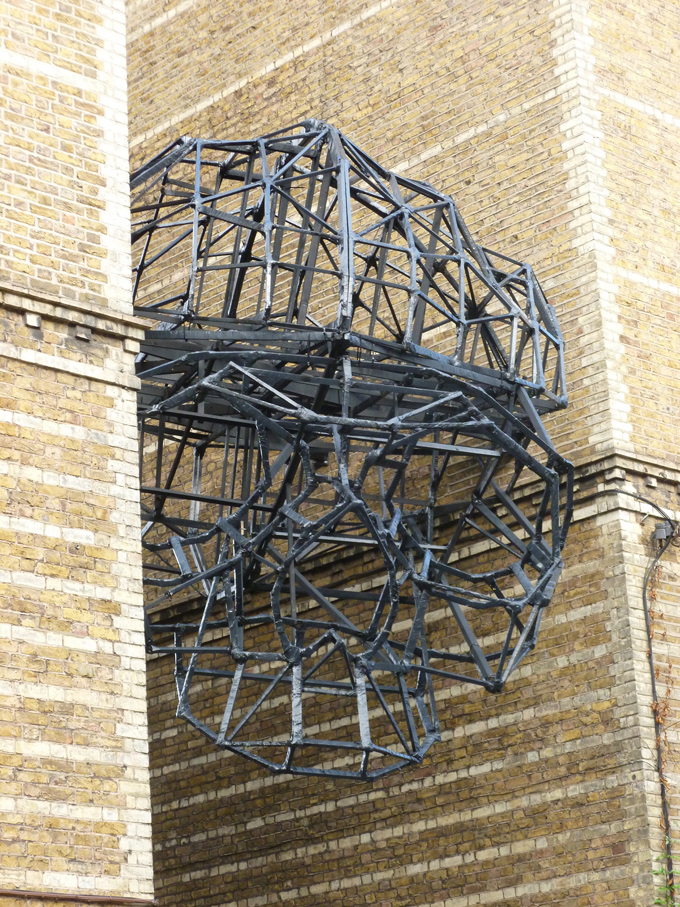
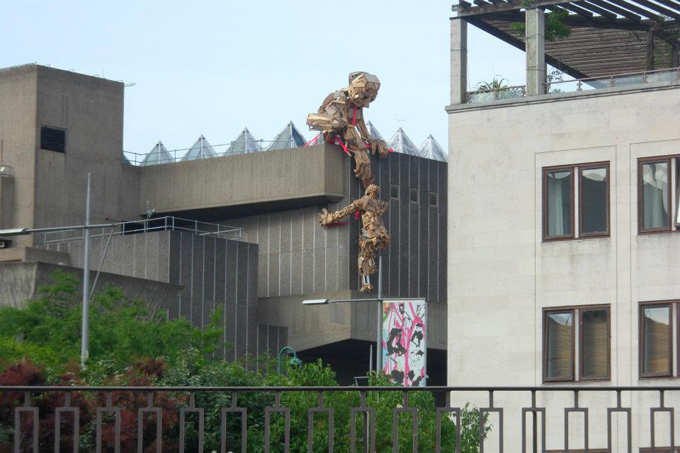
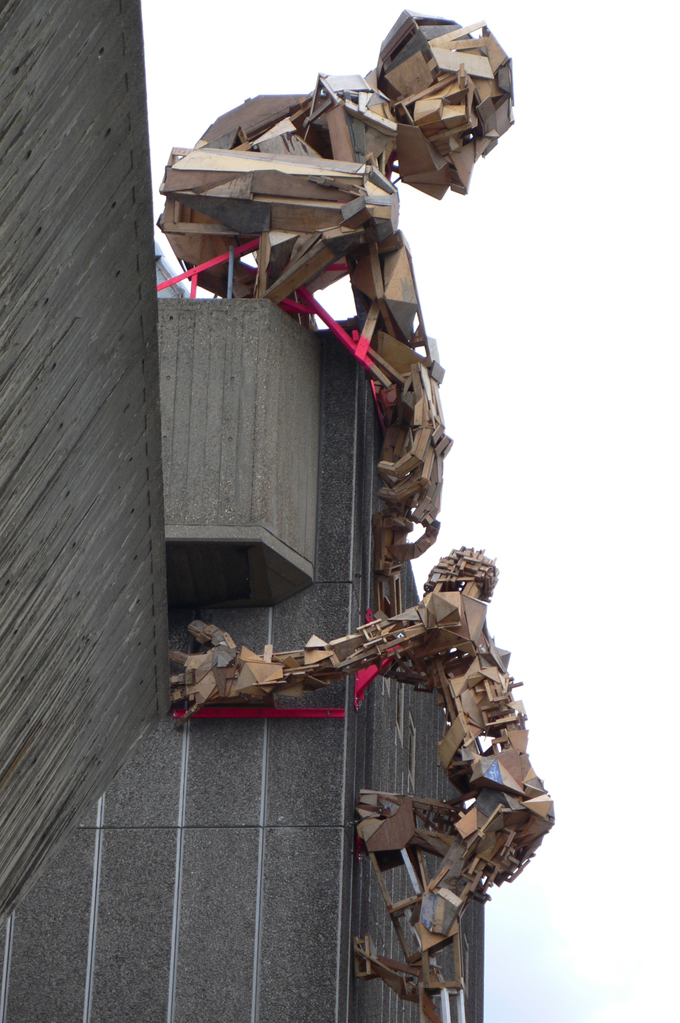
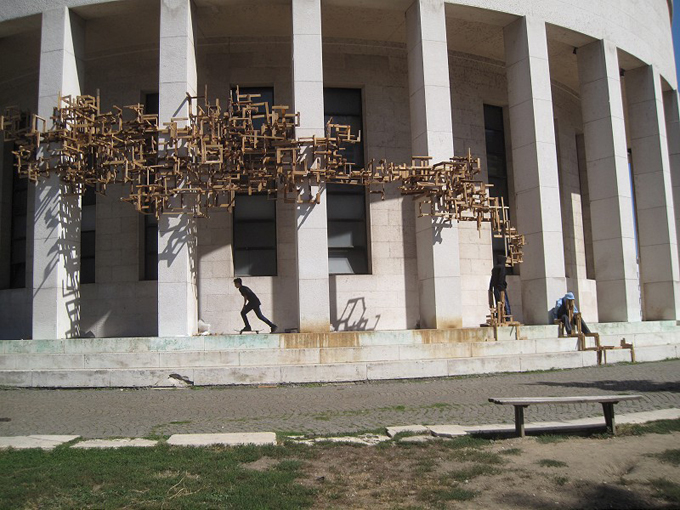
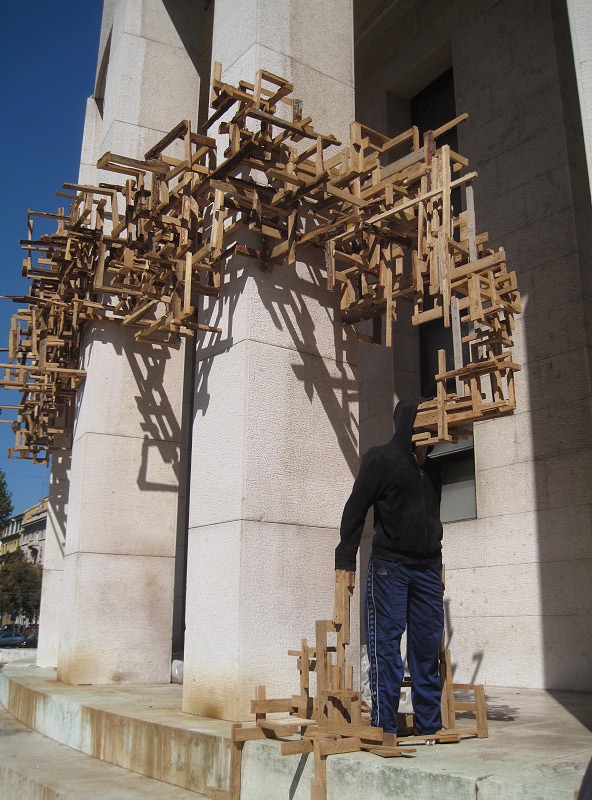












Comments